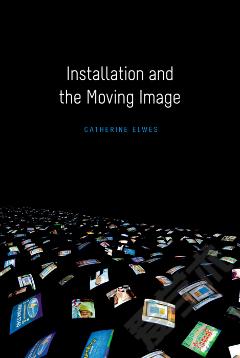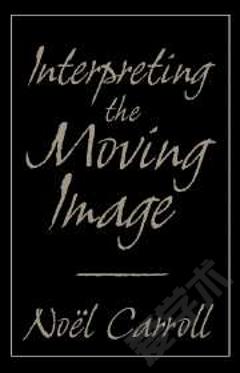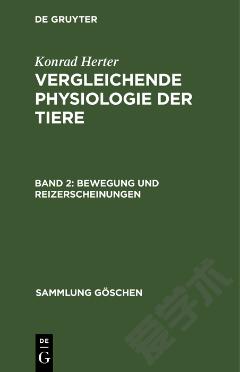Installation and the Moving Image
Film and video have a double nature; they create an illusory world, a reality elsewhere and a material presence that both dramatises and demystifies the magic trick of moving pictures. Beginning in the 1960s, artists have explored filmic and televisual phenomena in the controlled environments of galleries and museums, drawing on multiple antecedents in cinema, television and the visual arts; and it is in the concentrated atmosphere of the gallery that the artistâs thinking is most keenly felt. This volume traces the lineage of moving image installation through architecture, painting, sculpture, performance, expanded cinema, film history and the ferment of counter-cultural film and video practices in the 1960s, 1970s and 1980s. Sound, an often overlooked element of installed work is given due attention, as are the shift from analogue to digital, issues of spectatorship, and the new insights offered by cognitive science. Woven into this genealogy is a discussion of the procedural, political, theoretical and ideological positions espoused by artists, concentrating on the period from the mid-twentieth century to the present. Historical constructs such as Peter Gidalâs structural materialism, Maya Derenâs notion of vertical and horizontal time as well as identity politics are reconsidered in a contemporary context and intersect with more recent thinking around representation, subjectivity and installation art. The book is written by a critic, curator and practitioner who was a pioneer of British video and feminist art politics in the late 1970s. The author writes engagingly of first hand encounters with works by artists including Anthony McCall, Gillian Wearing, David Hall and Janet Cardiff, and her narrative is informed by exchanges with other practitioners during the 40 years of her professional involvement in the field. While the book addresses the key formal, theoretical and historical parameters of moving image installation, it ends with a question: âWhatâs in it for the artist?â
{{comment.content}}








 京公网安备 11010802027623号
京公网安备 11010802027623号